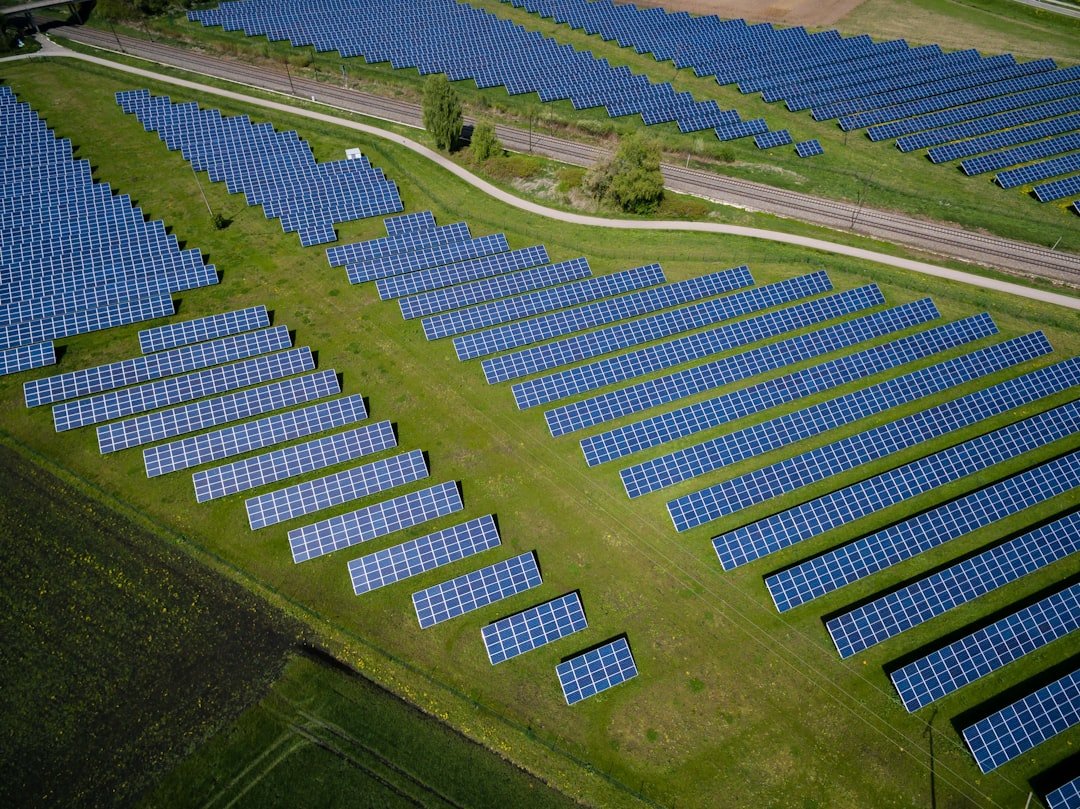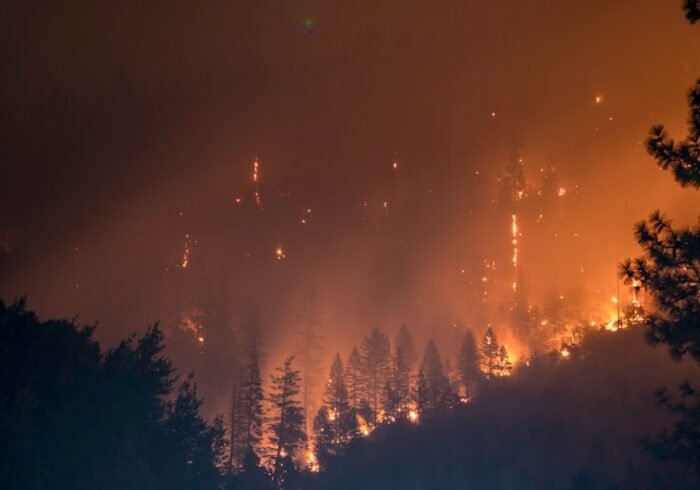A Detailed Overview of California’s Greenhouse Gas Reduction Fund The state’s ambitious climate policy framework has made the Greenhouse Gas Reduction Fund (GGRF) a key component. The GGRF was established as a financial tool to support different projects meant to lower greenhouse gas emissions throughout the state in response to the California Global Warming Solutions Act of 2006. The fund’s primary source of funding is the state’s cap-and-trade program, which limits emissions from significant sources and permits businesses to purchase & sell emission allowances. In addition to providing incentives for cuts, this market-driven strategy makes a sizable profit that can be put back into sustainability-related initiatives. Projects that support California’s climate goals, especially those that advance renewable energy, improve energy efficiency, and encourage sustainable transportation, are intended to receive funding through the GGRF. Through allocating funds to these sectors, the fund hopes to promote economic expansion & job creation in addition to a cleaner environment.
Key Takeaways
- California’s Greenhouse Gas Reduction Fund is a key tool in the state’s efforts to combat climate change and reduce greenhouse gas emissions.
- Greenhouse gas emissions have had a significant impact on California’s environment, contributing to issues such as air pollution, heat waves, and sea level rise.
- The Greenhouse Gas Reduction Fund supports a variety of projects and initiatives aimed at reducing emissions, improving air quality, and promoting clean energy.
- The fund has seen successes in reducing emissions and promoting sustainable transportation, but also faces challenges such as ensuring equitable distribution of benefits.
- Local communities play a crucial role in reducing greenhouse gas emissions through initiatives such as public transportation, energy efficiency programs, and sustainable urban planning.
- Future goals for the Greenhouse Gas Reduction Fund include expanding support for disadvantaged communities and increasing investments in renewable energy and clean transportation.
- Individuals can support the efforts of the Greenhouse Gas Reduction Fund by advocating for sustainable policies, reducing personal carbon footprint, and participating in community initiatives.
The ultimate objective is to significantly cut greenhouse gas emissions by 2030, in keeping with California’s pledge to cut emissions by 40% from 1990 levels. severe weather & disturbances to the environment. Extreme weather events have increased in the state, including severe wildfires, extended droughts, and rising sea levels, all of which are made worse by climate change. These occurrences present serious risks to agriculture, the water supply, biodiversity, and the natural landscape. hazards to public health and ecosystems.
Numerous species are experiencing habitat loss and heightened competition for resources, putting strain on California’s fragile ecosystems. Also, California’s air quality has suffered due to greenhouse gas emissions, especially in cities with high concentrations of automobile traffic and industrial activity. Particulate matter & ozone are examples of pollutants that can cause major health problems, such as heart disease and respiratory disorders. Populations at Risk and the Need for Quick Action. These health risks disproportionately affect vulnerable groups, such as children and the elderly.
Addressing greenhouse gas emissions is therefore not just an environmental issue; it is also a public health necessity that demands quick attention. California’s climate change strategy relies heavily on the Greenhouse Gas Reduction Fund, which provides funding for initiatives that directly lower emissions. The fund promotes the switch from fossil fuels to renewable energy sources like solar, wind, and geothermal power by making investments in clean energy technologies.
| Year | Amount Allocated (in millions) | Programs Funded |
|---|---|---|
| 2014 | 870 | Public transit, affordable housing, sustainable communities |
| 2015 | 832 | Renewable energy, energy efficiency, clean transportation |
| 2016 | 900 | Urban forestry, water conservation, climate adaptation |
| 2017 | 1,000 | Low-carbon transportation, waste diversion, sustainable agriculture |
These expenditures support resilience against changes in the price of fossil fuels and energy independence in addition to reducing greenhouse gas emissions.
Initiatives to retrofit energy-efficient technologies into existing structures can drastically cut down on emissions and energy use.
Also, the fund funds environmentally friendly transportation initiatives that are crucial to lowering dependency on gasoline-powered vehicles, such as public transportation upgrades & infrastructure for electric vehicles. The GGRF develops a thorough strategy for reducing the effects of climate change by addressing several sectors at once. As a reflection of California’s multifaceted approach to reducing emissions, the Greenhouse Gas Reduction Fund has provided support for a wide range of projects and initiatives throughout the state. Electric vehicle (EV) charging station funding in both urban and rural areas is one noteworthy project. In order to reduce emissions from the transportation sector, the GGRF promotes the use of electric vehicles by expanding access to EV infrastructure.
Investing in urban forestry initiatives that increase the amount of tree canopy cover in cities is another important area. In addition to sequestering carbon dioxide, these initiatives offer a host of additional benefits, including better air quality, more attractive cities, and more shade, which can lessen the impact of the urban heat island. Also, initiatives centered on sustainable agricultural methods that lower livestock methane emissions and enhance soil health via regenerative methods have received funding from the GGRF. Since its establishment, the Greenhouse Gas Reduction Fund has seen several noteworthy accomplishments that have greatly aided California’s efforts to meet its climate targets.
For example, the percentage of clean energy in the state’s electricity mix has significantly increased as a result of investments in renewable energy. Thanks to GGRF-supported incentives, thousands of homes and businesses have installed solar panels, making California a leader in the production of solar energy. Nevertheless, there are still obstacles in the way of the fund’s full potential. Making sure underprivileged communities, who are frequently the ones most impacted by pollution and climate change, have fair access to funding is a significant challenge. Prioritizing these communities in funding allocations has been attempted, but more needs to be done to guarantee that the programs funded by the GGRF benefit all Californians. Also, in order to effectively address new challenges as climate change continues to evolve, strategies and funding priorities must be adjusted.
initiatives led by the community. Local emission reduction efforts, such as energy efficiency retrofits & urban greening, are being propelled by grassroots movements and community-based organizations. local plans for climate action. State-level efforts are being supplemented by local governments implementing their own climate action plans. Localities can make significant contributions to California’s overall climate strategy by establishing clear goals for emissions reductions and putting sustainability-promoting laws into place.
Including Locals in Emissions Reduction Initiatives. In order to promote a sustainable culture and guarantee broad participation in emission reduction programs, it is essential to involve locals in these initiatives through outreach & education. In order to increase its influence in the future, the Greenhouse Gas Reduction Fund will give priority to creative solutions that tackle social justice and climate change. In order to spur innovations that can further cut emissions across a range of industries, future objectives include boosting investments in clean technology research & development. Also, there is a growing focus on incorporating climate resilience into funding choices to make sure that initiatives not only reduce emissions but also get communities ready for the effects of climate change.
To optimize funding procedures & increase the efficacy of investments, improving cooperation amongst state agencies, local administrations, & community organizations is another top priority. The GGRF can more effectively address particular regional issues while advancing statewide objectives by cultivating partnerships that make use of local expertise and resources. The state of California will ultimately depend on these initiatives to meet its long-term sustainability goals & continue to be a leader in climate action.
By taking different steps that help reduce emissions on a personal & community level, individuals can significantly support the Greenhouse Gas Reduction Fund’s efforts. One of the most significant actions people can take is to lessen their dependency on fossil fuels by choosing environmentally friendly modes of transportation like walking, bicycling, or public transportation whenever feasible. Also, reducing personal carbon footprints can be achieved by carpooling or switching to electric vehicles. People can also get involved with local projects funded by the GGRF by taking part in tree-planting campaigns or community cleanups that improve urban green spaces.
Collective efforts to reduce greenhouse gas emissions can also be strengthened by supporting nearby companies that place a high priority on sustainability, such as those that use renewable energy sources or reduce waste. People can make a significant contribution to California’s climate goals and create a healthier environment for coming generations by making educated decisions and supporting local policies that advance sustainability. In summary, one of the most important instruments in California’s battle against climate change is the Greenhouse Gas Reduction Fund.
It seeks to make a more sustainable future while tackling urgent environmental issues by making calculated investments in clean energy, environmentally friendly transportation, and community involvement. These initiatives are crucial in forming a resilient & just response to climate change as people and communities band together to support them.
California’s greenhouse gas reduction fund plays a crucial role in combating climate change and promoting sustainability.
The article highlights the need for collective action and collaboration to achieve meaningful progress in reducing greenhouse gas emissions and protecting the planet. To read more about this topic, check out the article here.



